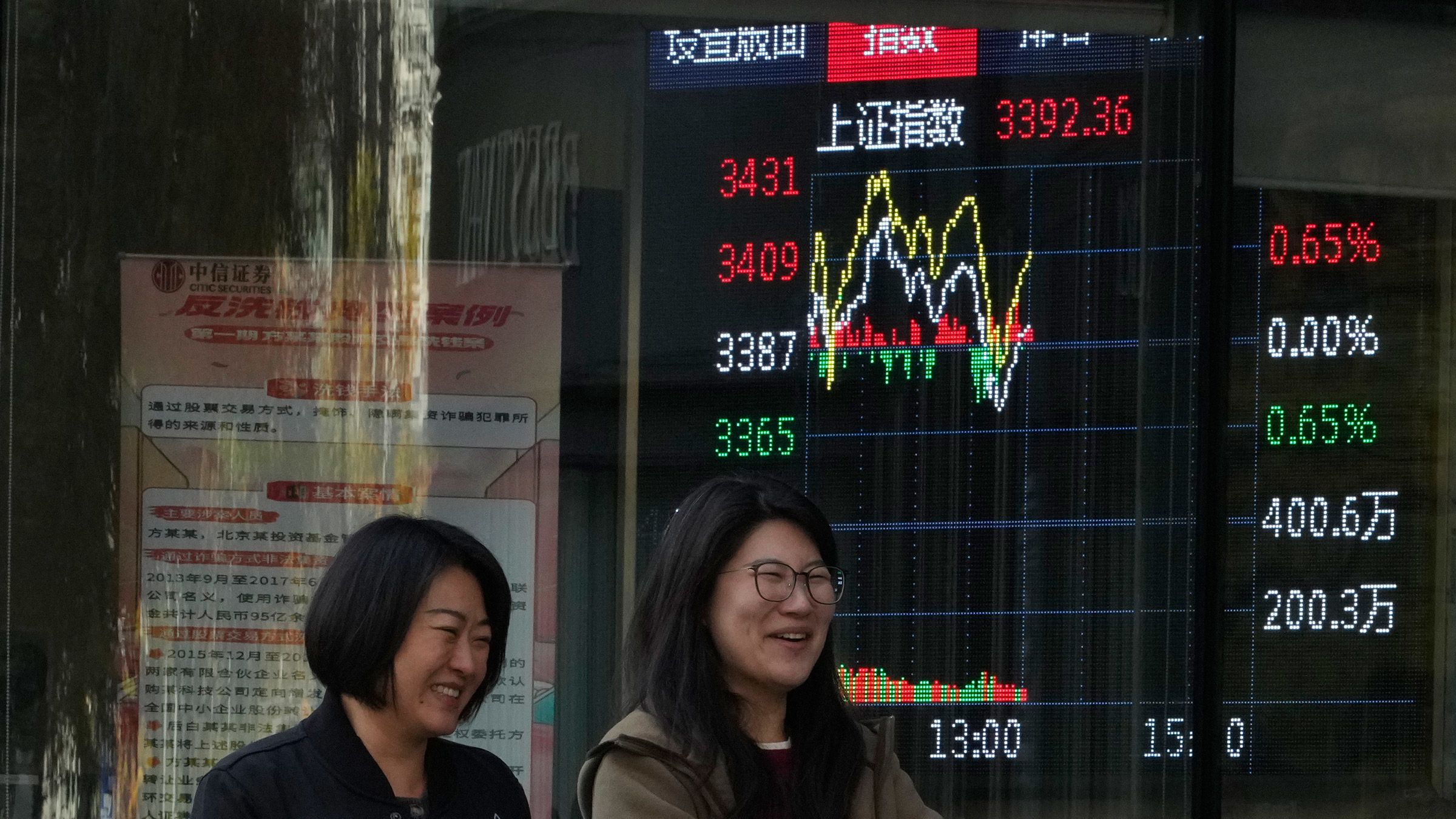China has approved a 10 trillion yuan ($1.4 trillion) plan to bolster its ailing economy by allowing local governments to refinance their debt, unveiling additional stimulus measures to counter a potentially volatile growth path marked by the impending return of Donald Trump to the White House.
Finance Minister Lan Fo’an said at a press conference Friday that borrowing capped at 6 trillion yuan ($838 billion) would be allowed over three years to help regional governments replace their so-called “hidden debt.” This kind of debt is normally owed by risky local government financing platforms, backed by cities or provinces.
Lan added that local governments will be given access to a separate 4 trillion yuan ($558 billion) quota in the form of special local bonds over five years, also with the aim of trimming their debt holdings. The announcement was made at the conclusion of a five-day meeting by China’s top legislative body, the Standing Committee of the National People’s Congress (NPC).
“Since the beginning of this year, affected by a variety of factors, the central and local (government) fiscal revenues have fallen short of expectations,” Lan said.
The refinancing of local government debt reduces interest costs, which will free up resources for local governments to spend elsewhere, said Mark Williams, chief Asia economist at Capital Economics. But the package amounts only to about 0.5% of current gross domestic product spread over the five years of the plan.
“Clearly, that’s not going to make any appreciable difference,” Williams wrote in a research note Friday. “Today’s fiscal announcement is another disappointment for those expecting substantial stimulus.
Years of tight pandemic restrictions and a real estate crisis have drained local government coffers in China, leaving authorities across the country struggling with mountains of debt. The lack of money means governments have few resources to kick-start economic growth.
The problem has gotten so extreme in some places that cities are now unable to provide basic services, and the risk of defaults is rising.
Lan revealed that, as of the end of 2023, China had an enormous hidden debt balance of 14.3 trillion yuan ($1.99 trillion). Officials aim to slash that amount to 2.3 trillion yuan ($320 billion) by 2028.
Hitting a growth target
The scale of the debt swap, though seen as underwhelming by some, exceeded the expectations of Larry Hu, chief China economist at Macquarie Bank.
“It may be disappointing for those who were expecting the NPC meeting to approve a massive fiscal package. But the expectation is unrealistic, because the policy goal is to achieve the GDP growth target and reduce tail risks, not to reflate the economy in any meaningful way,” he said.
Reflating the economy refers to measures aimed at stimulating growth and combating deflation, which has become a stubborn problem in China. Those efforts would require much more aggressive policies, far beyond debt swaps.
China’s GDP grew by just 4.6% in the three-month period from July to September, compared with a year ago. That was just slightly higher than the expectations of economists polled by Reuters, who had predicted expansion of 4.5%.
Still, at this pace of growth, there’s a risk Beijing may miss its annual growth target rate of around 5%. After a summer of dismal economic news, China’s leader Xi Jinping finally decided to go ahead with a much-needed stimulus package, mostly focused on monetary measures, in the last week of September.
Since then, economists have been expecting additional stimulus measures worth up to 10 trillion yuan ($1.4 trillion) to restore bullishness in the world’s second-largest economy.
This story has been updated with additional detail and context.









